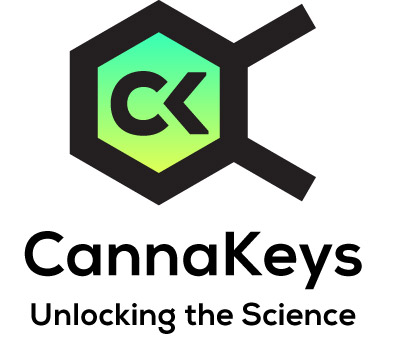Cannabigerol (CBG) Research Dashboard
What am I missing as a non-subscriber?
To see a full dashboard with study details and filtering, go to our DEMO page.
As a subscriber, you will be able to access dashboard insights including chemotype overviews and dosing summaries for medical conditions and organ system and receptor breakdowns for cannabinoid and terpene searches. Study lists present important guidance including dosing and chemotype information with the ability to drill down to the published material. And all outputs are fully filterable, to help find just the information you need. Stay up-to-date with the science of cannabis and the endocannabinoid system with CannaKeys.
CannaKeys has 192 studies associated with Cannabigerol (CBG).
Here is a small sampling of Cannabigerol (CBG) studies by title:
- Amyotrophic Lateral Sclerosis, the Endocannabinoid System, and Exogenous Cannabinoids: Current State and Clinical Implications
- Research and Clinical Practice Involving the Use of Cannabis Products, with Emphasis on Cannabidiol: A Narrative Review
- The Identification of Novel Anti-Inflammatory Effects of Cannabigerol in the Kidney Tissue of Rats Subjected to a High-Fat High-Sucrose Diet
- Comprehensive mini-review: therapeutic potential of cannabigerol - focus on the cardiovascular system
- Anticancer effect of minor phytocannabinoids in preclinical models of multiple myeloma
Components of the Cannabigerol (CBG) Research Dashboard
- Top medical conditions associated with Cannabigerol (CBG)
- Proven effects in clinical trials for Cannabigerol (CBG)
- Receptors associated with Cannabigerol (CBG)
- Individual study details for Cannabigerol (CBG)
Ready to become a subscriber? Go to our PRICING page.
Page Quick Links
Select New Cannabinoid
Overview - Cannabigerol (CBG)
Description of Cannabigerol (CBG)
Cannabigerolic acid (CBGA) is the precursor to cannabigerol (CBG). CBGA was isolated and characterized by R. Mechoulan and Y. Gaoni in 1965.
CBG is a non-psychoactive cannabis constituent (R. Mechoulam et al., 1970).
It is the central biosynthetic precursor to many cannabinoids. Therefore, CBG is often referenced as the "mother of all cannabinoids."
CBD is generally considered a safe phytocannabinoid.
Other Names:
CannabigerolGeranylolivetol plus numerous other supplier-based synonyms.
IUPAC Name: 2-[(2E)-3,7-dimethylocta-2,6-dienyl]-5-pentylbenzene-1,3-diol
Molecular Formula: C21H32O2
Source–PubChem
Cannabigerol (CBG) Properties and Effects
Only Members can view Properties and Effects information. See DEMO page.
Cannabigerol (CBG) Receptor Binding
Only Members can view Receptor Binding information. See DEMO page.
Disclaimer
Information on this site is provided for informational purposes only and is not meant to substitute for the advice provided by your own licensed physician or other medical professional. You
should not use the information contained herein for diagnosing or treating a health problem or disease. If using a product, you should read carefully all product packaging. If you have or suspect that you have a
medical problem, promptly contact your health care provider.
Information on this site is based on scientific studies (human, animal, or in vitro), clinical experience, or traditional usage as cited in each article. The results reported may not necessarily occur in all individuals. For many of the conditions discussed, treatment with prescription or over-the-counter medication is also available. Consult your physician, nutritionally oriented health care practitioner, and/or pharmacist for any health problem and before using any supplements or before making any changes in prescribed medications.

